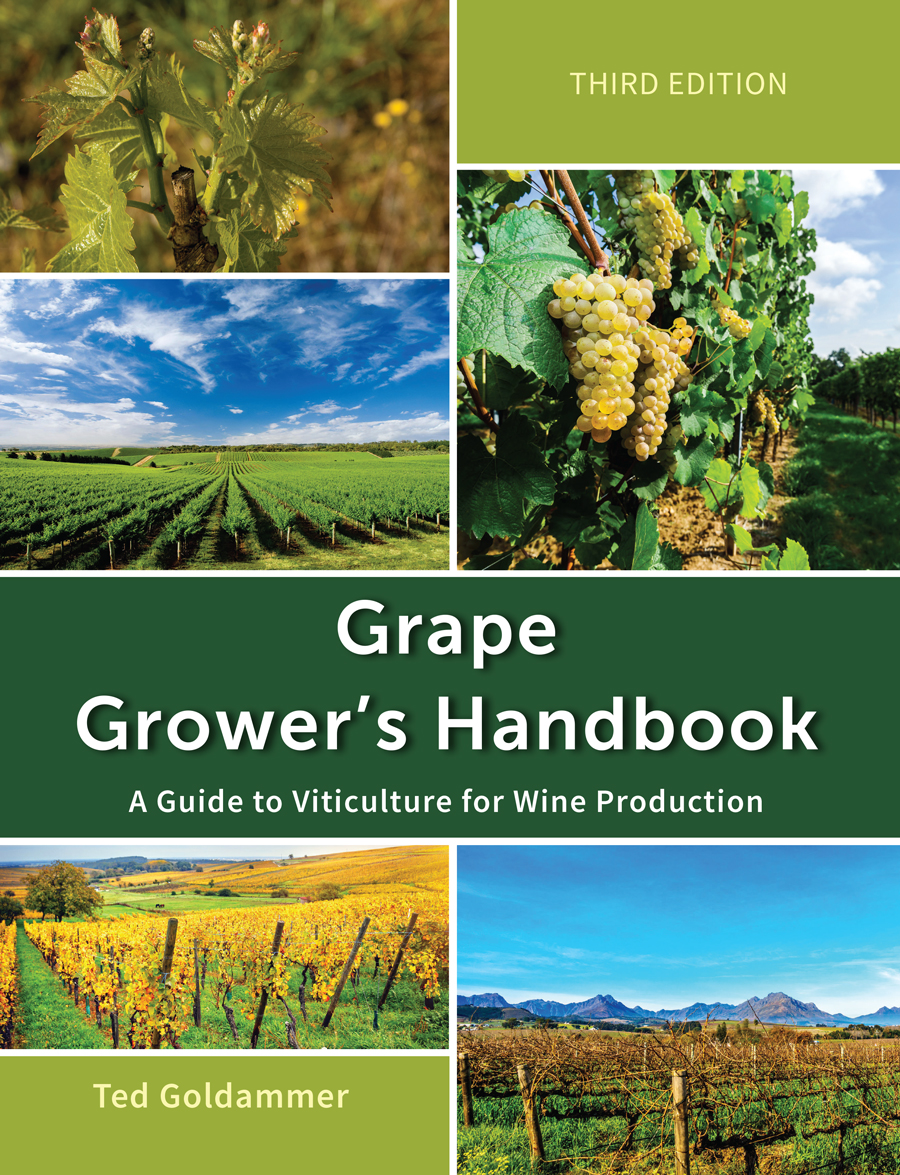Grapevine Water Management
(book excerpts)Grapevine water management is a key issue for vineyards. Poor water management can result in water stress or over vigorous conditions resulting unbalanced vine growth, reduced yields and inferior fruit quality. How much water is required to grow quality wine grapes is dependent upon evaporative demand at the location of the vineyard, stage of vine development, and percent ground cover by the vine’s canopy, and amount of rainfall occurring during the growing season. One of the most effective tools in managing the water needs of a vineyard is irrigation, which is used to supplement natural precipitation so that vines achieve adequate vegetative growth and berry development. The manner in which water is applied to the vineyard encompasses everything from the decision of when to apply the water, how much water to apply, and the best method in which to apply water. Vineyards can be irrigated with overhead sprinklers, drip emitters, micro-sprinklers, or furrow irrigation; each has its particular advantages and disadvantages.
Click on the following topics for more information on grapevine water management.
Topics Within This Chapter:
- Vineyard Water Requirements
- Growth Stages
- Budbreak to Flowering
- Flowering to Fruit Set
- Fruit Set to Veraision
- Veraison to Harvest
- Harvest to Leaffall
- Symptoms of Water Stress
- Soil Water Relationships
- Saturation
- Field Capacity
- Permanent Wilting Point
- Plant Available Water
- Management Allowable Depletion (MAD)
- Soil Type
- Vineyard Irrigation Systems
- Overhead Sprinkler Irrigation
- Drip Irrigation
- Furrow Irrigation
- Micro-Sprinkler Irrigation
- Selected References

